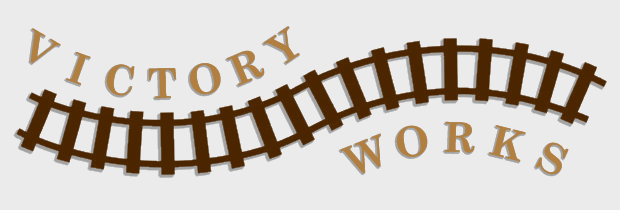The first task was to set up the key shape using the outer model and place some parts to establish the basic layout.
We decided early on that the cab would come in 2 styles to match the square and curved framing changes made to the class. The original square frame cab will have spectacle windows above the backhead and the lever style reverser. The curved frame cab will be without the upper windows and will have the screw style reverser.
Once all of the controls and parts are installed it's time for all that lovely piping, so typical of a GWR cab. And here is the completed square frame cab. Also visible is the canvas screen that many tender locomotives were provided with for crew protection when running in reverse, stretched over 2 "masts" attached to the tender - it's quite rare that you see them as they got old and damaged and were very rarely replaced once they'd gone, however we've seen quite a few pictures from the 1930's showing them so we decided to include it as an option for the early liveries.
Also complete is the curved frame cab with screw reverser.
And finally the square frame in situ in the loco model.
That's all for today. The next couple of weeks will be spent unwrapping and texturing and then we'll hopefully be able to have some in-game pictures.
Also thank you for everyone who is continuing to show so much interest in the USATC S160 but we would ask that you please stop messaging us asking when it's coming out - it is out of our hands as we wait on feedback from the publisher. We promise that as soon as we have ANY news we will make it known - and be assured that we are just as frustrated about the time it is taking as you are!
Thank you.














